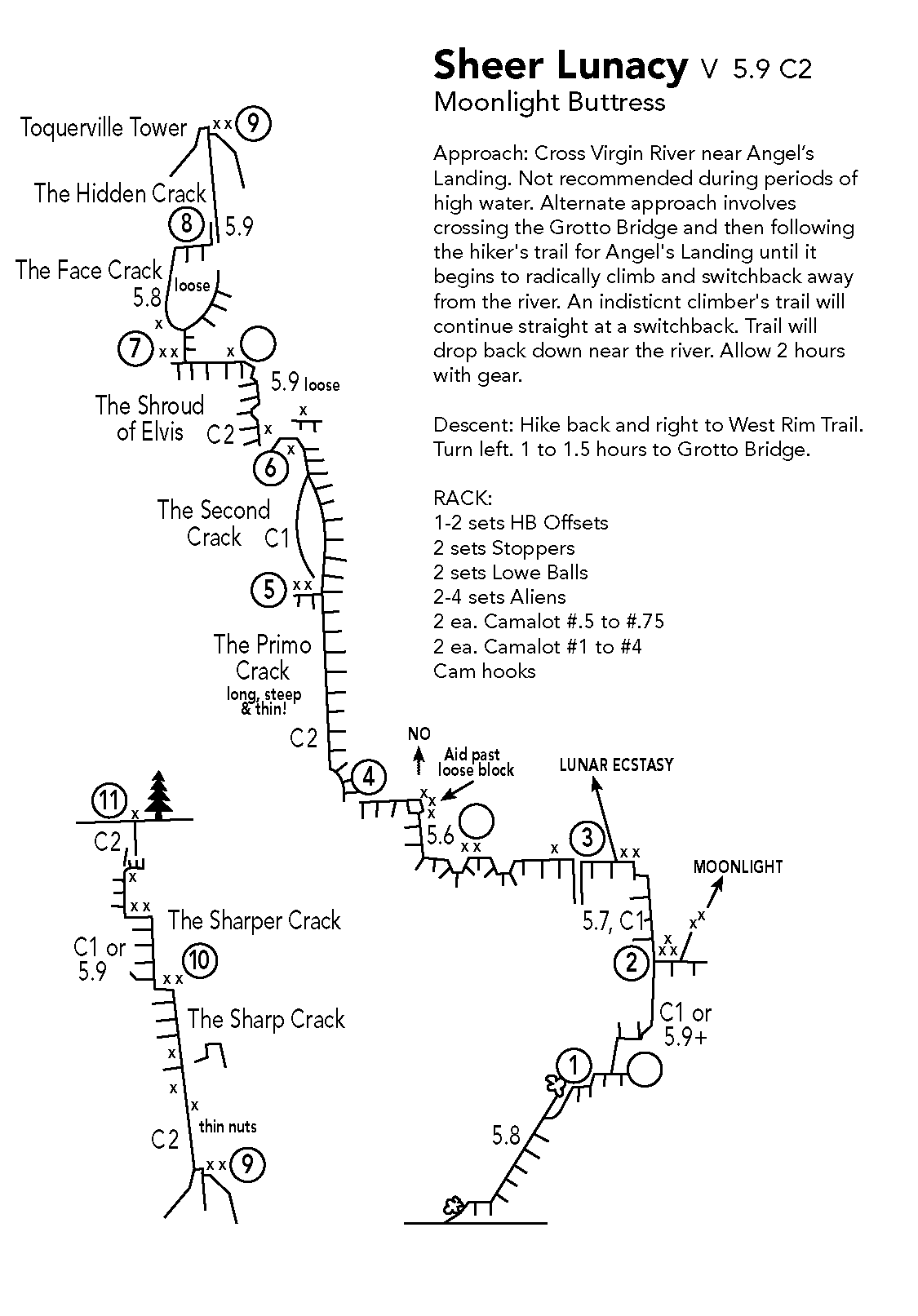

Whereas trading FTSE according to moon phases would make a big difference.
#Sheer lunacy full
The second strategy is opposite to the first one, implying buying an index worth of 1000 on the full moon, selling it on the next new moon, and repeating these steps further.Ģ If an investor had invested 1000 in FTSE in 1984, by now he would have approximately 5,130 by holding the index, which represents index performance. The first strategy is buying an index worth of 1000 on the new moon, selling it on the next full moon (usually it is in days) and then repeating the process: buying the index worth of the money left after the previous transaction on new moon and selling it gain on the full moon. Three scenarios are studied: investing 1000 in an index and holding it for the considered period, and two types of trading strategies, which are described below. We considered trading twice per month, once on the new moon day, or on the next trading day if new moon falls into a non-trading day, and the other is on the full moon.

Tom Pelc Research Dmytro Bondar Research A more interesting picture is observed if trading indices on a particular day.

However, there was no observation of a particular direction of the markets movement on the new or full moon. On the full moon the figure was also high, 5.17 points or 0.11%, meaning 9-times higher than average. Thus, for FTSE 100 the average daily change since 1986 was points, which corresponds to 0.02%, whereas the average change on the new moon day was 6.42 or 0.13%, which is 12 times higher than the average change in absolute values. The first observation is that the daily change in an index is significantly higher on the new moon days than on average. In this paper, we study the performance of 6 indices FTSE 100, S&P 500, DAX, EUROXX 50, Hang Seng, CAC 40 for a period of several decades. The question arises of whether this observation could be extended to markets behaviour. New moon traditionally symbolise the period of low energy, or energy accumulation period, whereas the time of full moon is the period of high energy or spending period. In many cultures, it is well accepted that moon phases could influence peoples behaviour, (90 countries in the world today use the Lunar calendar as the basis for time measurement), whereas scientists established its relation to rising and low tides. For many years, people have been monitoring relations between natural phenomena and industrial performances or markets behaviour in order to be able to estimate future performance and adapt to changes to either maximise the profits or minimise losses. It also takes a quick look at planetary alignments and what could be significant in terms of timing for the coming weeks (really bad for stocks). Sheer Lunacy staring at the Heavens 7 July 2010 This paper presents a study of correlations between the moon phases and behaviour of financial markets, and suggests a medium-to-long term trading strategy, which can significantly increase profits. 1 Charting Equity Special (Esoterics) This material should be regarded as a marketing communication and may have been produced in conjunction with the RBS trading desks that trade as principal in the instruments mentioned herein.


 0 kommentar(er)
0 kommentar(er)
